DJI Osmo Action 4 vs GoPro Hero 12 Black: which is best for you?
Has the Osmo Action 4 finally supplanted itself as the top performing action camera?

A polished GoPro alternative with hassle-free mounts. DJI looks to take the Action series to new heights with a larger sensor.
Pros
- Much improved image quality
- Wider FOV than the main competition
- Excellent stabilization
- Incredibly convenient mounting
Cons
- Minimum 0.4m focus distance
- Middling battery life
- Old-school microSD card limits potential
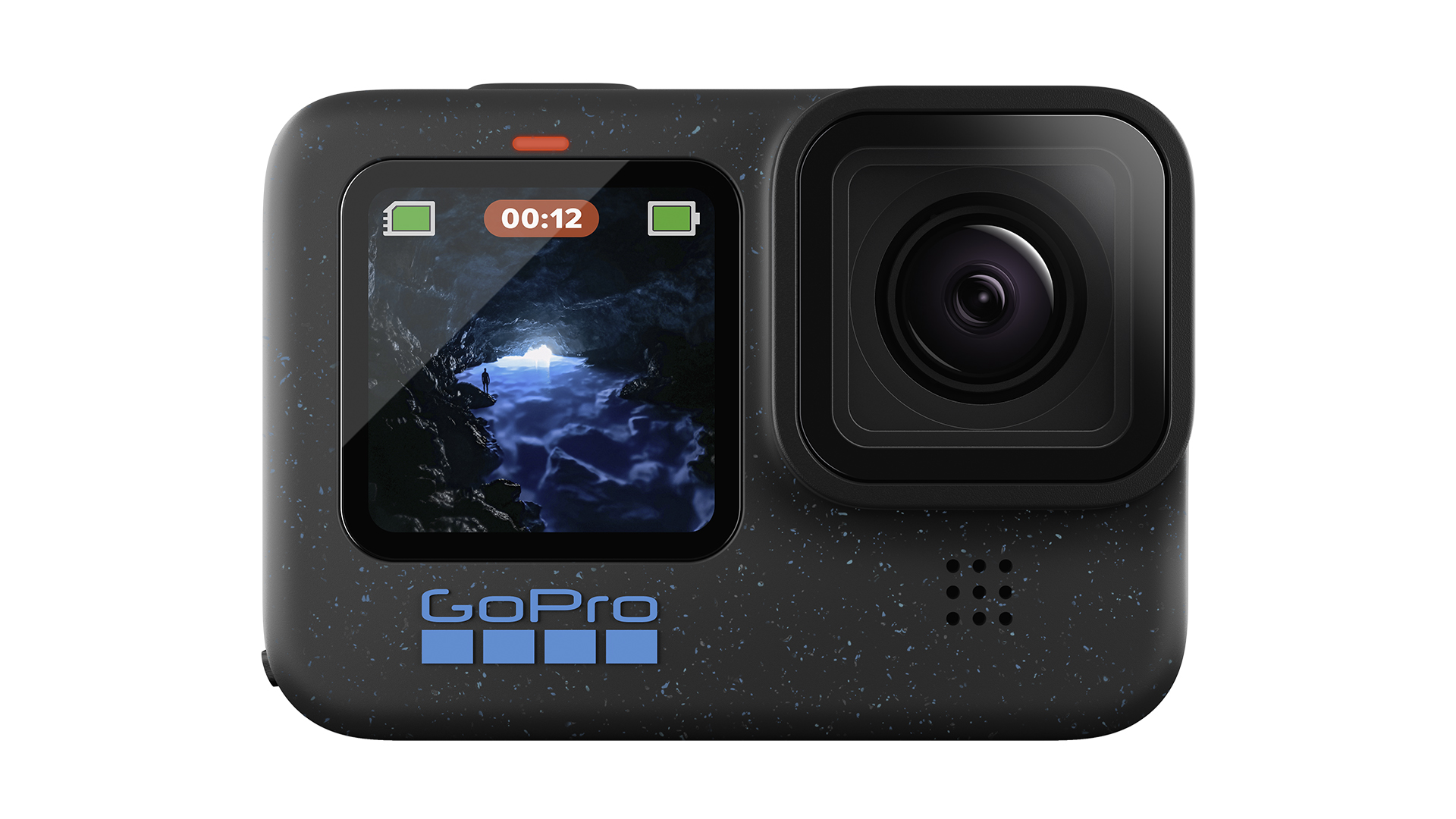
GoPro adds extra features to the Hero 12 Black, edging closer to perfection without rocking the boat.
Pros
- Great stabilisation
- Versatile mounting options
- Compatible with existing accessories
- Bluetooth audio support
Cons
- Very similar to Hero 11 Black
- Mediocre battery life
- Disappointing low-light performance
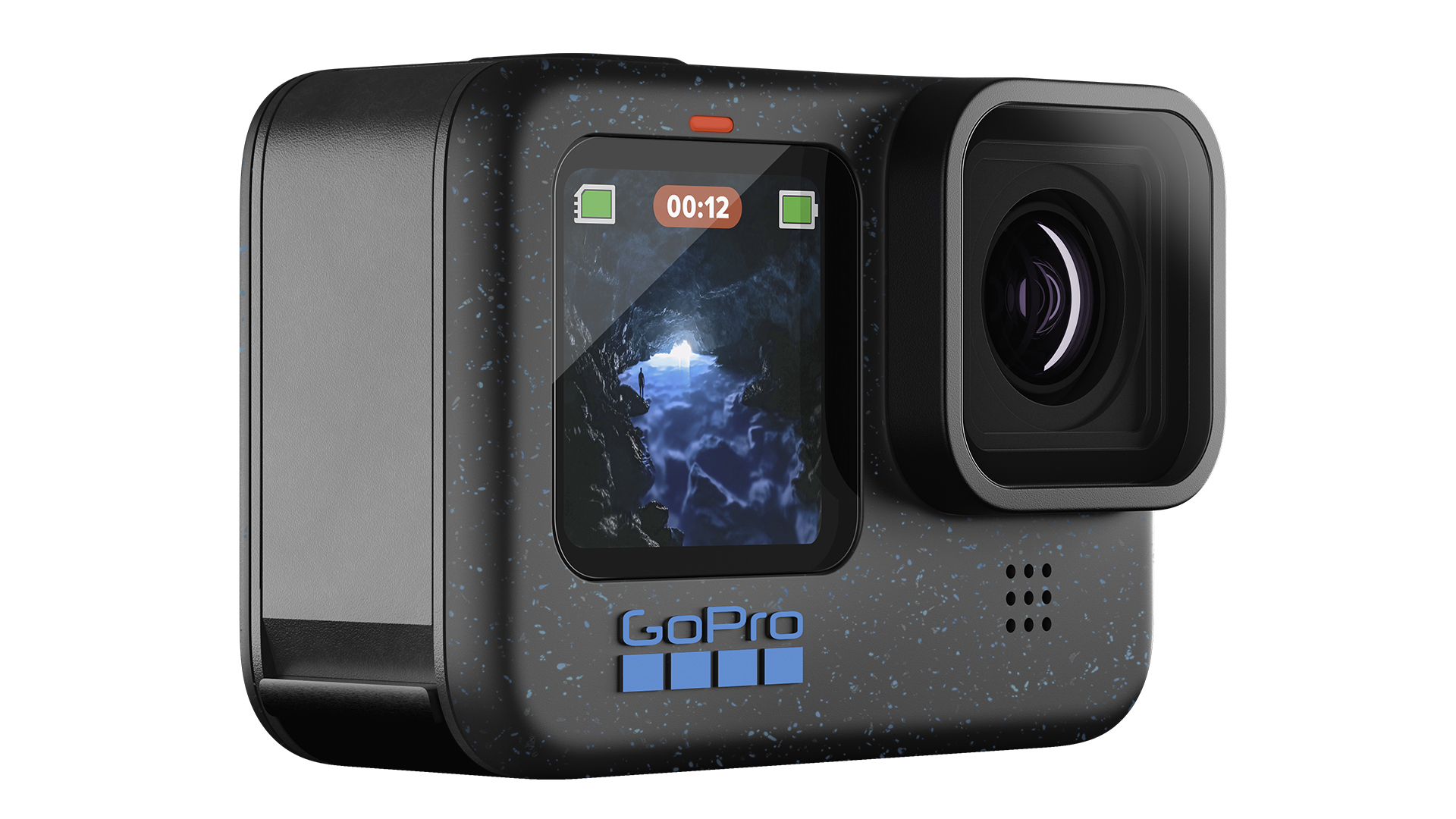
In this comparison we have two very impressive and capable cameras. We loved the DJI Osmo Action 3, and its successor, the DJI Osmo Action 4 has impressed us again. DJI has embodied the same design ethos, with the same tiny but rugged build, best-in-class waterproofing, a convenient magnetic mounting, a removable battery, and a handy front touchscreen. DJI has sought to address the Osmo Action 3's main weakness – photo and video quality – and it's done this by introducing an all-new, larger 1/1.3-inch sensor.
The GoPro Hero 12 Black is a variation on a tried and tested GoPro formula. GoPro has an Apple-like ability to refresh its line without overhauling it to great effect, and this year there isn't much that's new in the way of hardware for the Hero 12 Black. That said, familiar hardware might not be an issue given the upgraded software experience, particularly for filmmakers and anyone craving external wireless audio support.
These two cameras sit side by side in more ways than one. DJI has upgraded the Osmo Action in a number of notable ways, and GoPro can no longer rest on its reputation for creating amazing action cameras. Let’s take a look at these two beasts side by side, and see which one wins out.
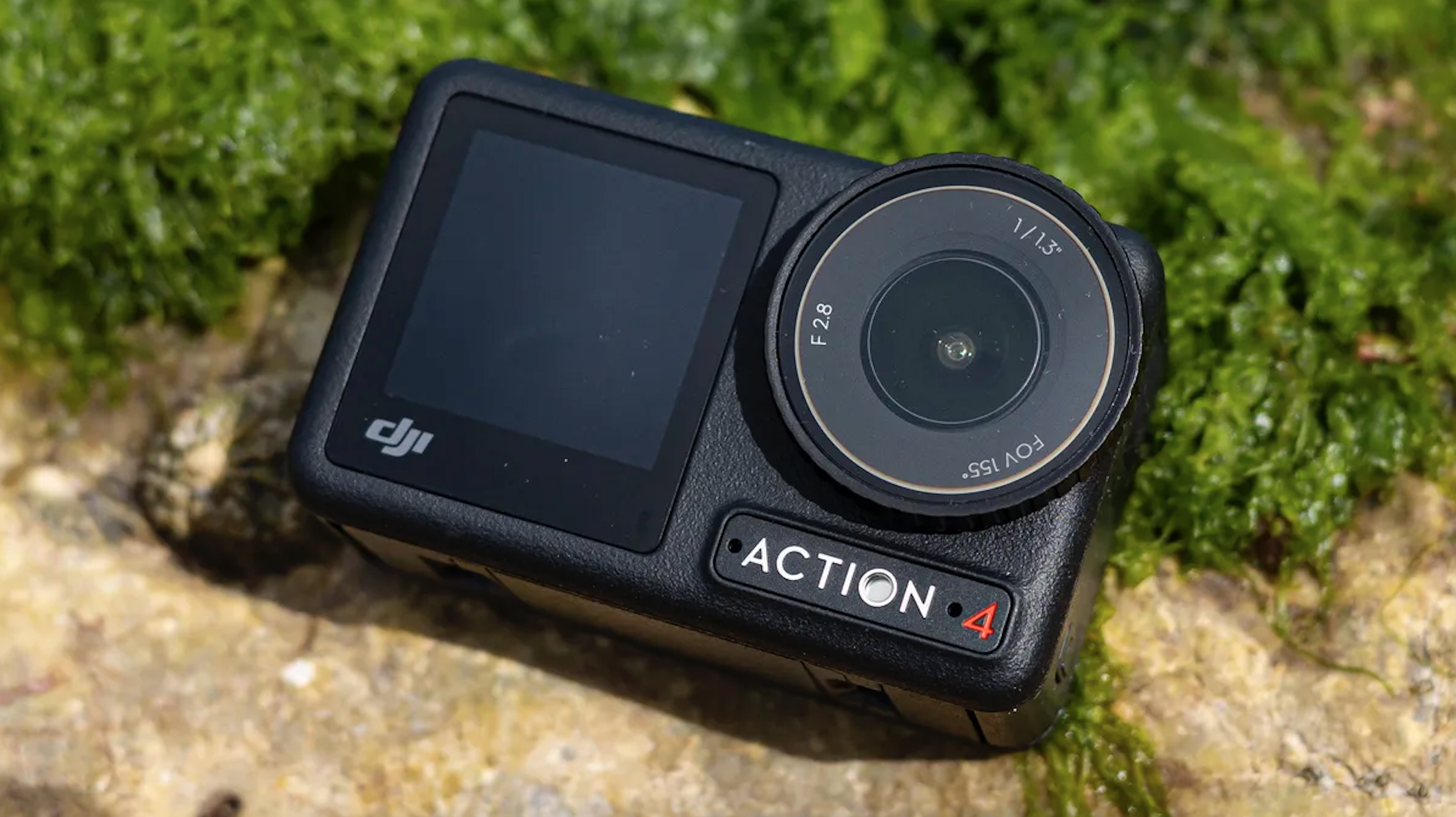
DJI Osmo Action 4 vs GoPro Hero 12 Black: Design
- DJI Osmo Action 4: a brilliant magnetic mounting system; best-in-class waterproofing to 18m
- GoPro Hero 12 Black: new 1/4-20 tripod thread mount; waterproof up to 33ft / 10m
The most notable design difference between the Osmo Action 4 and the Hero 12 Black is the mounting system, and the Osmo Action 4 wins this battle hands-down. Its hassle-free magnetic mount makes it unbelievably easy to detach the camera from the tripod, something that's pretty cumbersome with the Hero 12 Black. The fact that videographers are regularly having to adjust and fine-tune settings means that every second counts, especially when we’re talking about action cameras.
It's also much easier to adjust settings with the Osmo Action 4. It includes both rear and front touchscreens, which means those settings can be adjusted even when you're shooting in selfie mode. Detaching the mount of the Hero 12 Black every time a setting needs changing is annoying to say the least, and this issue is compounded because only the rear display is a touchscreen. I also think the menu system is easier to navigate on the Osmo Action 4, but that could just be personal preference.
The lenses on both cameras are comparable, with very little to separate the two. The Osmo Action 4 has an f/2.8 aperture, compared to f/2.5 on the Hero 12 Black, and this gives the Osmo Action 4 a little more maneuverability in low light. The field of view is also similar, at 155 degrees on the Osmo Action 4 compared to 151 degrees on the Hero 12 Black.
Last up in this section is the waterproofing, and the Osmo Action wins again here, with a maximum depth rating of 18m, a full 8m more than the Hero 12 Black. In reality, though, in most situations 10m will be more than enough.
Sign up for breaking news, reviews, opinion, top tech deals, and more.
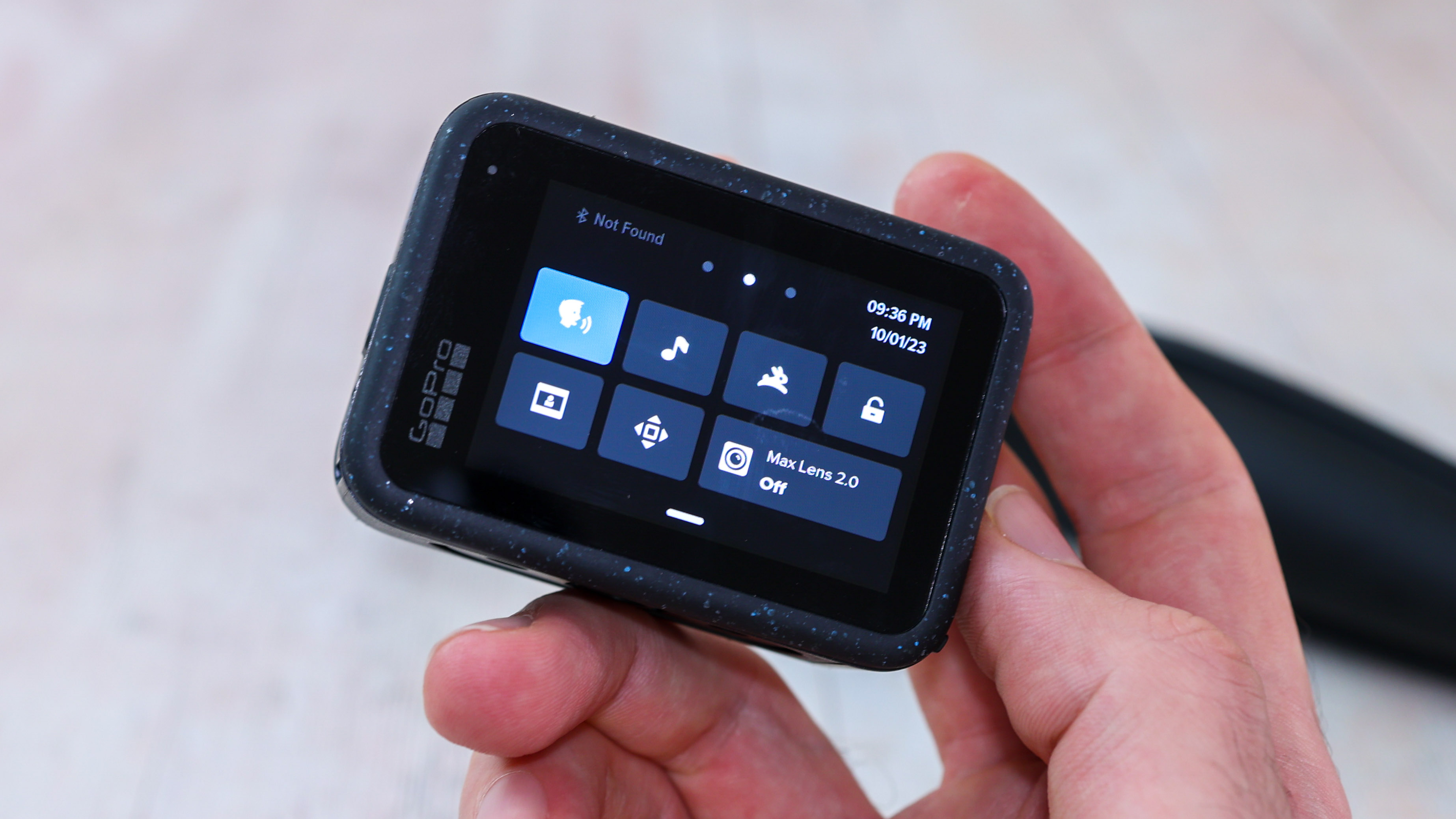
DJI Osmo Action 4 vs GoPro Hero 12 Black: Features and Performance
- DJI Osmo Action 4: super-effective Rocksteady 3.0+ stabilization
- GoPro Hero 12 Black: excellent HyperSmooth 6.0 stabilization
The stabilization on these two cameras is nothing short of impressive, with both capturing silky smooth video in pretty much all scenarios. The Osmo Action 4 has RockSteady 3.0+ stabilization tech, and the Hero 12 Black has HyperSmooth 6.0. Great names, aren’t they? And they perform as good as they sound. One neat addition to the Hero 12 Black is that it supports horizon locking, so you can literally loop-the-loop in a plane or on a rollercoaster and your footage will mask the spins.
A key part of any action camera is the battery life, and neither camera performs particularly well here; if you want to do a full day’s shooting you’ll need to invest in multiple batteries. The Osmo Action 4 has a claimed 160-minute of battery life, but that’s probably overly optimistic on DJI's part.
Over the years, GoPros have reportedly had wide-ranging issues with overheating, and the Hero 12 Black hasn’t entirely put those issues behind it, as it is still prone to some overheating. Putting either the Osmo Action 4 or the Hero 12 Black in a controlled environment without much air flow will result in predictable overheating. To be fair to the Hero 12 Black though, our reviewer tested it in the UK and Berlin, in around 70F / 20C ambient temperatures, shooting for over 30 minutes at 5.3K, without any issues.
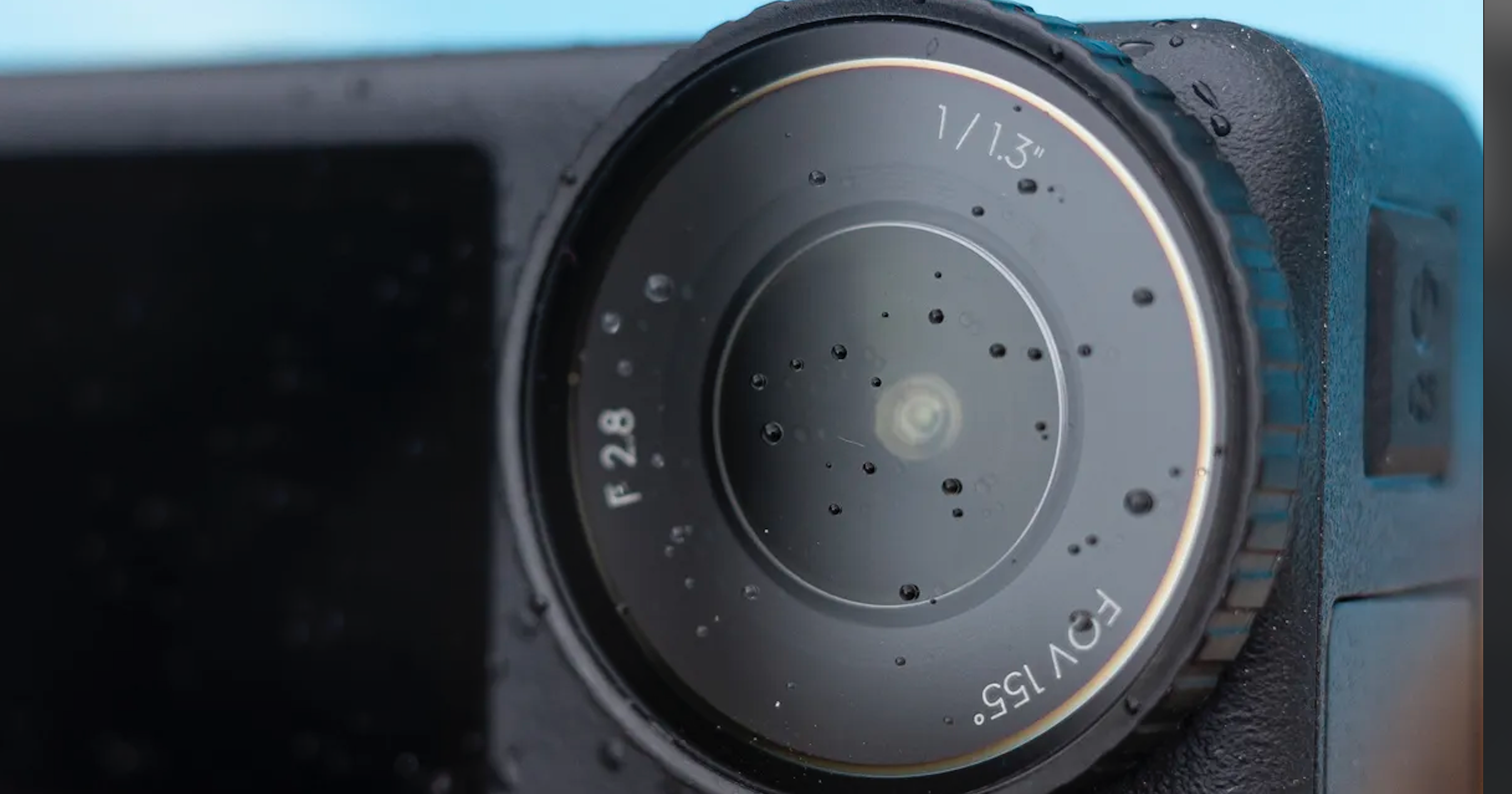
DJI Osmo Action 4 vs GoPro Hero 12 Black: Image and video quality
- DJI Osmo Action 4: 10MP stills / 10-bit 4K video quality / D-Log color profile
- GoPro Hero 12 Black: 27MP stills / 10-bit 4K video quality / New HDR and GP-Log color profiles
Many, myself included, had hoped that the Hero 12 Black would include a bigger sensor compared to its predecessor, but we were to be disappointed. I’m unsure why GoPro didn’t take the opportunity, but maybe it didn’t want to compound any overheating issues.
The Osmo Action 4 includes an all-new, larger 1/1.3-inch sensor which results in improved color and dynamic range. Whether it's in bright sunshine or in low light, you'll see more detail in highlight areas such as white clouds.
This larger sensor comes into its own when handling low light scenes. The Osmo Action 4 outperforms the Hero 12 Black, managing to maintain detail in the shadows even in the most demanding of lighting conditions. DJI most definitely takes the crown here.
Just in case you thought this was going to be all one way, the resolution of images is where the Hero 12 Black wins out, with its huge 27MP resolution overshadowing the meagre 10MP of the Osmo Action 4. I don’t know why the Action 4's is so low; it's actually been lowered by 2MP compared to its predecessor. Action cameras aren't renowned for their stills photography quality, but the Osmo Action 4 is really lacking resolution.
Moving on to video quality, both cameras record in 10-bit, with the Osmo Action 4 capping out at 4K and the Hero 12 Black rising to 5.3K. The latter is pushing the boundaries of video resolution, although I wonder if it’s really necessary considering that 4K is ample in most circumstances, and the majority of videos are likely to be watched on phones, having undergone YouTube compression, anyway.
Both cameras offer a Log color profile, which is great for videographers wanting to color-grade their footage. Comparing the two side-by-side, the Osmo Action 4's footage appears noticeably flatter, which gives more options in post and makes the color-grading process easier.

DJI Osmo Action 4 vs GoPro Hero 12 Black: Price
- DJI Osmo Action 4: Standard Combo costs $399 / £379 / AU$629
- GoPro Hero 12 Black: Standard Combo costs $400 / £400 / AU$650
The lowest-cost way to purchase the Osmo Action 4 is the Standard Combo package, which is $399 / £379 / AU$629, meaning this camera is no longer a 'cheaper' alternative to GoPro's cameras.
Stump up an extra 25% and you can get the Adventure Combo, which includes the 1.5m Extension Rod (also sold separately for $49 / £35 / AU$75), two extra batteries, and a battery case that can hold and charge up to three batteries. Unless you already have additional batteries, this is the package we'd go for.
The cheapest way to get the Hero 12 Black is also in a Standard Combo package, which costs $400 / £400 / AU$650 – that's slightly pricier than the Osmo Action 4. Interestingly, the Hero 11 Black is still on sale alongside the Hero 12 Black on GoPro's website, and has seen its price drop to $350 / £350 / AU$579.
While GoPro sold its Hero cameras at a discount with a subscription, and at a sky-high subscription-free price in previous years, it has simplified things this year, and it's great to see that the standalone Hero 12 Black has one fixed price that's lower than the list price of the 11 Black at launch. So, while the Hero 12 Black isn't cheap by any stretch, it's great that its value-for-money proposition isn't held back by what has, in the past, felt like inflated non-member pricing. This subscription-free model makes GoPro's latest camera much more competitive out of the gate.
If it’s all about price then the Osmo Action 4 is around 5% cheaper, although there are deals to be had on both cameras when you start considering bundles and accessories.

Which one should I buy?
Both the Osmo Action 4 and the Hero 12 Black offer incredible video quality in even the most challenging of environments, whether it's underwater, or shooting action sports featuring fast and erratic movements.
The build quality of both is excellent, but the hassle free magnetic mount sets the Osmo Action 4 apart quite considerably – if you want an action camera that's super-flexible and easy to take with you, the Osmo Action 4 delivers on that front. The menu navigation, and the front and rear touchscreen capability, also make it super-easy to use.
The larger sensor on the Osmo Action 4 means it handles low-light settings much better than the Hero 12 Black. The inclusion of a much flatter Log color profile also makes the output video much easier to work with from a color-grading perspective.
The Osmo Action 4 outperforms the Hero 12 Black in many areas, an impressive feat considering its lower price point. Die-hard GoPro users will be happy with much of what the Hero 12 Black has to offer, but anyone looking to enter the action camera market would be served better by the Osmo Action 4 – although if the Hero 13 gets a larger sensor and a magnetic mounting system then it will truly be game on.
You might also like

Paul is a digital expert. In the 20 years since he graduated with a first-class honours degree in Computer Science, Paul has been actively involved in a variety of different tech and creative industries that make him the go-to guy for reviews, opinion pieces, and featured articles. With a particular love of all things visual, including photography, videography, and 3D visualisation Paul is never far from a camera or other piece of tech that gets his creative juices going. You'll also find his writing in other places, including Creative Bloq, Digital Camera World, and 3D World Magazine.